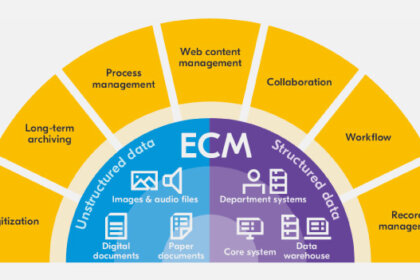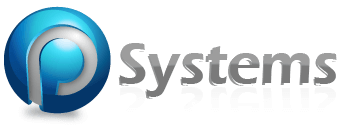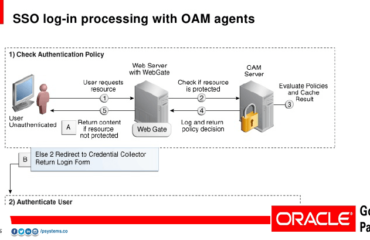
“Enterprise Content Management” or “ECM” is a set of strategies, methods, and tools that enable an organization to manage the entire lifecycle of its content. ECM encompasses the capture, storage, organization, retrieval, and use of content and documents, regardless of the format or structure of the content.
ECM solutions can be used to improve efficiency and productivity, increase compliance, improve security, and enhance collaboration.
Benefits of ECM
• Improved efficiency and productivity: ECM can help organizations to save time and money by automating tasks, such as document routing and approval.
• Increased compliance: ECM can help organizations to comply with regulations by providing a central repository for documents and records.
• Improved security: ECM can help organizations to protect their data by providing features such as access control and auditing.
• Enhanced collaboration: ECM can help organizations to collaborate more effectively by providing a central location for sharing documents and information.
Challenges of ECM
• Cost: ECM solutions can be expensive to implement and maintain.
• Complexity: ECM solutions can be complex to implement and use.
• Integration: ECM solutions may need to be integrated with other systems, which can be time-consuming and challenging.
Types of ECM solutions
There are a variety of ECM solutions available, each with its own strengths and weaknesses. Some of the most common types of ECM solutions include:
• Document management systems: Document management systems provide a central repository for storing and managing documents.
• Records management systems: Records management systems are designed to help organizations manage records in accordance with regulatory requirements.
• Content management systems: Content management systems are designed to help organizations manage content, such as web pages and blog posts.
• Collaboration platforms: Collaboration platforms are designed to help organizations collaborate more effectively by providing a central location for sharing documents and information.
Choosing an ECM solution
The best way to choose an ECM solution is to consider your organization’s specific needs and requirements. Some of the factors you should consider include:
• The types of content you need to manage.
• The regulatory requirements you need to comply with.
• The security requirements you need to meet.
• The collaboration needs of your organization.
Implementing an ECM solution
Once you have chosen an ECM solution, you need to implement it in your organization. The implementation process will vary depending on the solution you have chosen, but there are some general steps that are common to all implementations. These steps include:
• Planning: The first step is to plan the implementation. This involves identifying your organization’s needs, choosing the right solution, and creating a timeline and budget.
• Preparation: The next step is to prepare your organization for the implementation. This involves migrating your data, training your users, and testing the solution.
• Implementation: The actual implementation of the solution is the next step. This involves installing the solution, configuring it, and testing it.
• Go-live: The final step is to go-live with the solution. This involves making the solution available to users and providing support.
Maintaining an ECM solution
Once you have implemented an ECM solution, you need to maintain it. This involves keeping the solution up to date, monitoring its performance, and resolving any issues that occur.




